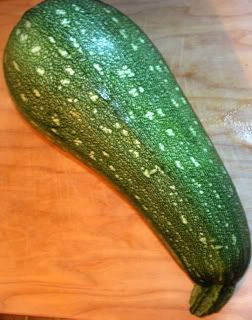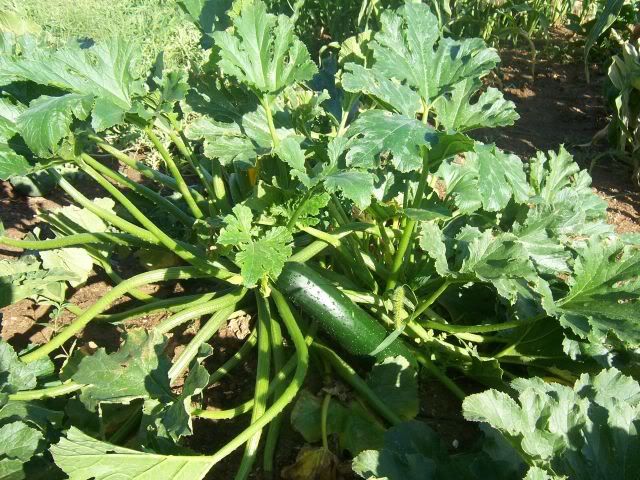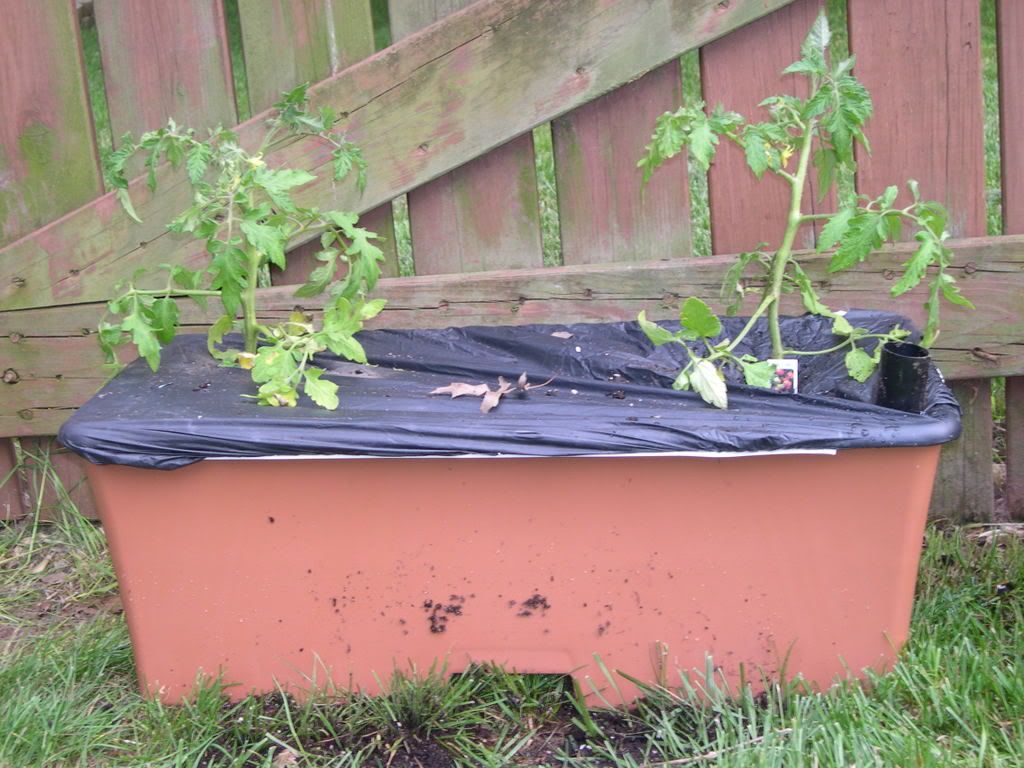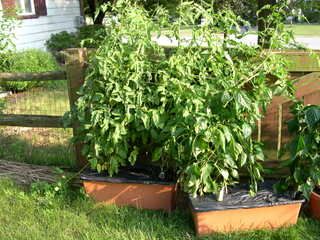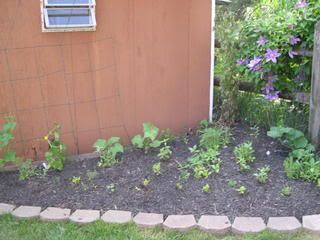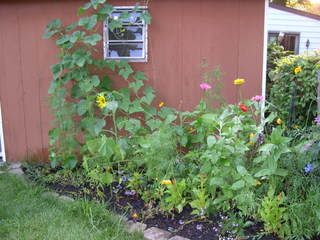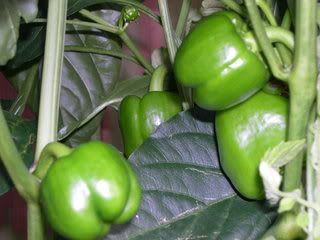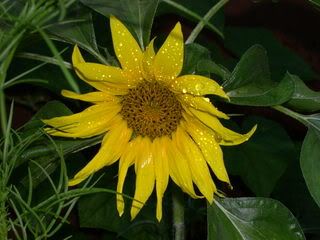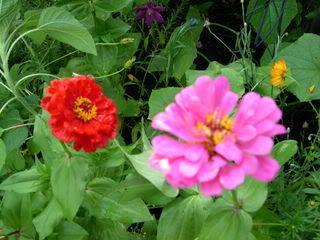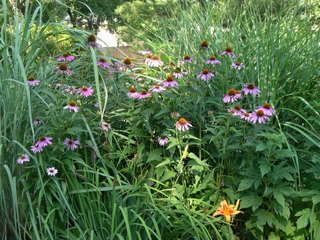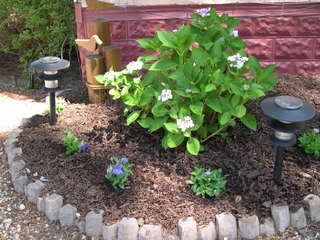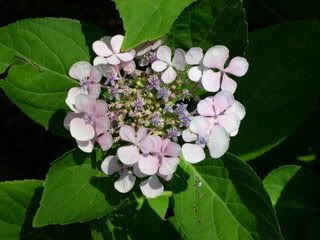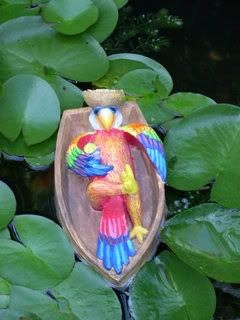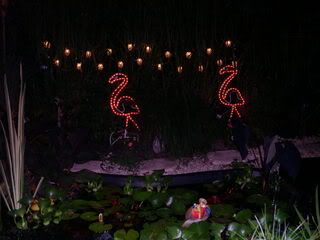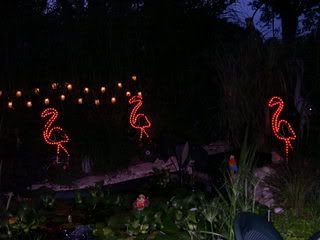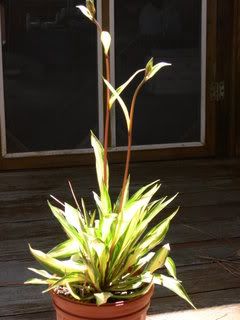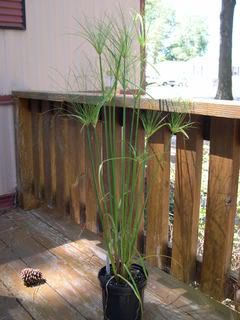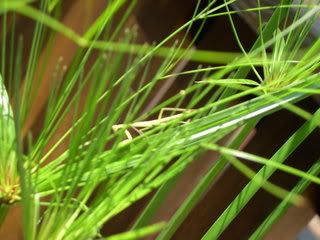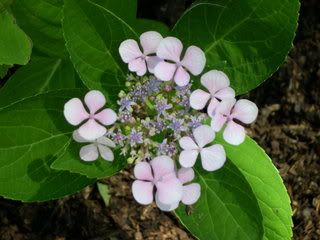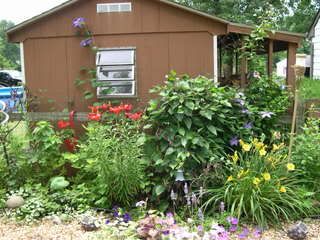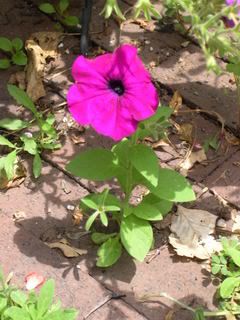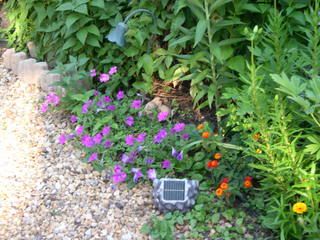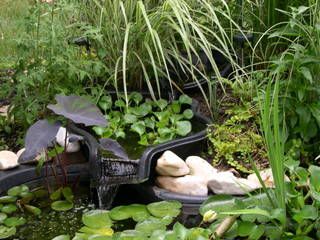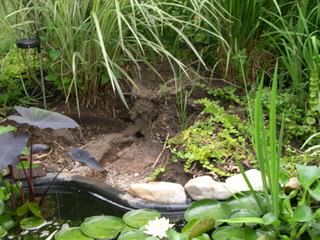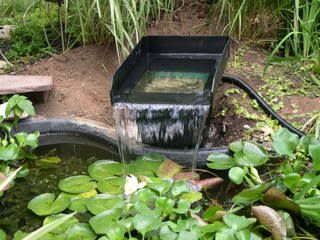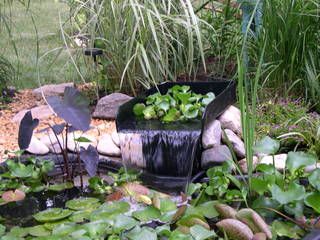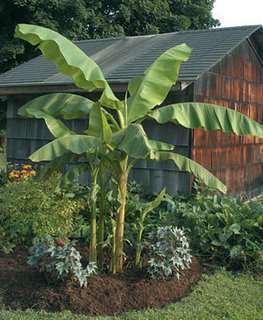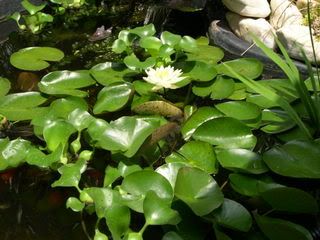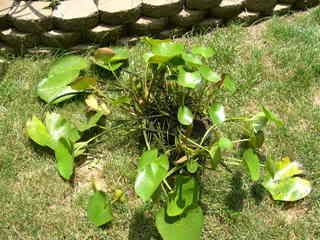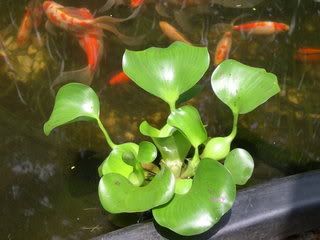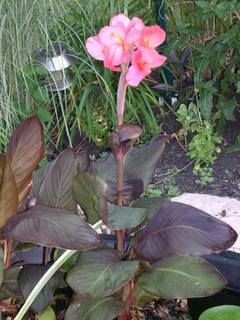Waves of Frustration!
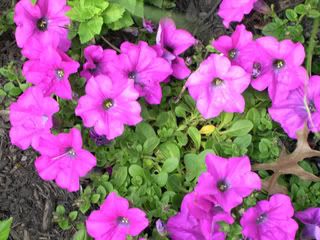
Each year, I'm determined to have success with these plants that are described by www.backyardgardener.com as "the most profuse flowering of any annual. Few other annuals produce so many of such large flowers." HA! Not in my personal experience. And I know I'm not the only one out there.
Just last week, a coworker asked me how to get more blooms out of her petunias. Just like mine, her's looked great when she planted them in May, and now, after a recent thunderstorm, they're just drooping and hanging there looking drab.
I agreed with her, because my wave petunias are the same way. They looked fabulous all thru June and now, after the 4th of July, they're getting stringy and the blooms are fewer. It happens every year. Last year, upon some advice from HGTV, I cut them back 50% before going on vacation. By the time I got home, they were supposed to be full of blooms. However, it took nearly a month for them to bloom again!
And it's not just the waves, the upstanding petunia plants look awful as well. They're tall, stringy and hardly bloom. I've cut them back and deadheaded them, but nothing seems to work.
But I've seen beautiful flowing waves of petunias in professional landscapes. Every summer at the shore, by the outlet stores, are huge islands of purple, pink and blue waves, looking absolutely gorgeous! Even the hanging baskets in downtown Pottstown flowered consistently all summer last year. What's the secret?
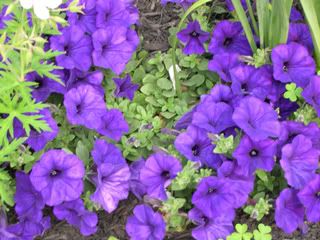
In an effort to find out, I, obviously, turned to the Internet. And here's what I found ... www.wave-rave.com, a web site totally devoted to the Wave Petunia. It even has a fan club and urges you to join -- can you believe that?
Anyway, it's also full of information about all the different varieties of Petunias, not just the wave. There's a very informative FAQ section. Which brings me to the obvious -- what is the solution to all our petunia problems. Are you ready for this?
According to wave-rave.com, petunias like lots of water and do not like to dry out. They are also "heavy feeders" and need to be fertilized every 10-14 days in the ground, less in pots and hanging baskets. They never, I repeat, never need to be deadheaded (which goes against everything I've been told for the last five years) and should not be cut back under any circumstances.
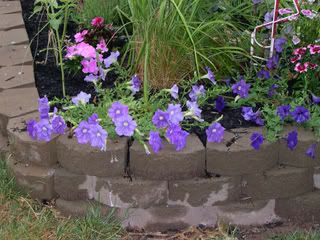
So I'm off to Lowe's to get some fertilizer and will be testing this information over the next month. Either way, I'll be sure to share the results.
Labels: wave petunias
 RSS
RSS

